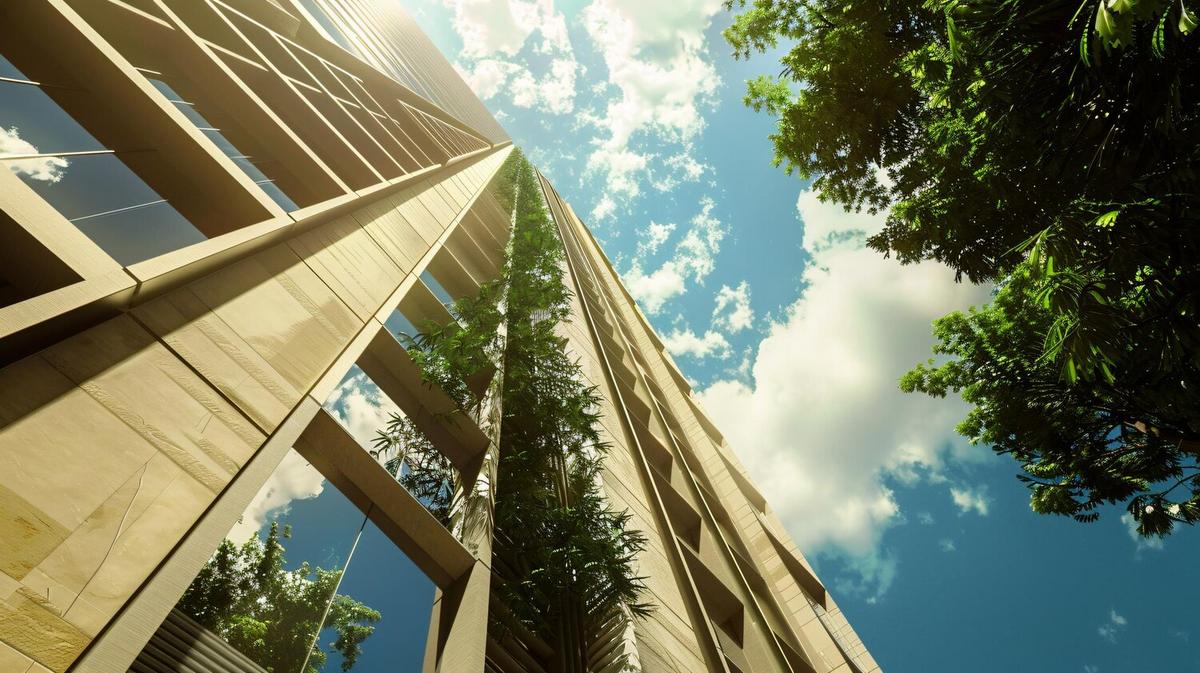
Green Buildings: The Future of Real Estate Investment
As the real estate landscape evolves, sustainability emerges as a pivotal trend, with green buildings spearheading the charge towards eco-friendly investments.
The concept of green buildings is not just a fleeting trend but a significant shift in the way we approach real estate investment. With a growing emphasis on sustainability, green buildings are increasingly becoming synonymous with smart investments. According to the U.S. Green Building Council, green building practices can reduce energy consumption by up to 30%, water usage by 50%, and carbon emissions significantly. This not only makes them environmentally friendly but also economically viable.
Understanding Green Buildings
Green buildings are designed to minimize the overall impact on the environment while enhancing the health and well-being of occupants. This is achieved through efficient use of energy, water, and other resources, reducing waste and pollution, and improving indoor environmental quality.
Expert Opinions
As per industry expert Dr. Mark Johnson, “Investing in green buildings is not just about environmental stewardship; it’s about future-proofing assets.” This sentiment is echoed by many who see the long-term financial benefits of such investments.
Statistics and Research
A report by the World Green Building Council highlights that buildings with sustainability certifications can command a rental premium of up to 8% and a sales premium of up to 7%. This is a compelling factor for investors looking to maximize their returns.
Case Study: A Real-World Example
Consider the case of a commercial property developer who revamped an office building to meet green standards. This transformation led to a 20% increase in occupancy rates and a notable rise in tenant satisfaction, showcasing the tangible benefits of green investments.
Actionable Tips for Investors
- Conduct thorough research on local sustainability regulations and incentives.
- Partner with architects and developers experienced in green building practices.
- Consider retrofitting existing properties to improve sustainability metrics.
Comparison Table: Traditional vs. Green Buildings
| Factor | Traditional Buildings | Green Buildings |
|---|---|---|
| Energy Efficiency | Standard | High |
| Water Usage | Higher | Reduced |
| Carbon Footprint | Larger | Smaller |
| Occupant Health | Basic | Enhanced |
| Initial Costs | Lower | Higher |
| Long-term Savings | Moderate | Significant |
| Market Value | Standard | Premium |
| Regulatory Compliance | Basic | Advanced |
FAQs
What are the benefits of investing in green buildings?
Green buildings offer long-term cost savings, increased property value, and enhanced tenant satisfaction, making them a smart investment choice.
Are green buildings more expensive to construct?
While initial costs may be higher, the long-term savings on energy and maintenance can offset these expenses.
How can I start investing in green buildings?
Begin by exploring properties with green certifications, consulting with sustainability experts, and understanding local incentives for green construction.
Conclusion: Embracing the Future
The future of real estate investment is undeniably green. By integrating sustainable practices, investors can not only contribute to environmental conservation but also enjoy substantial financial benefits. As the demand for eco-friendly buildings grows, now is the opportune time to invest in green real estate. Take the first step by exploring local green projects and consulting with experts to make informed investment decisions.